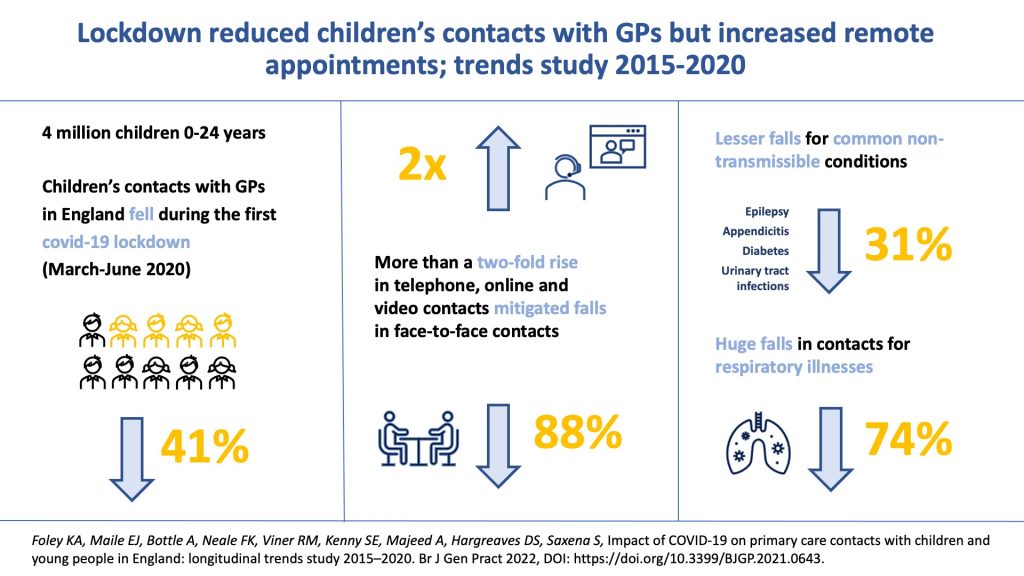The NHS is now starting to rollout flu vaccinations for eligible people. Although the public health focus since early 2020 has been very much on Covid-19, flu remains a major threat to vulnerable individuals and the NHS in the UK.
We have been fortunate that in the last few years, flu rates have been very low in the UK. However, there are signs from Australia that we may see much higher rates of flu in the UK this winter. Australia has seen its highest flu rates since the start of the Covid-19 pandemic and this may be a predictor of what the UK may face during our own winter.
Because flu rates have been low in recent years, this means that people will have less immunity from a previous infection. The end of Covid-19 control measures – such as face masks and social distancing – combined with the return of normal social activities also increase the likelihood of a large flu outbreak this winter.
This makes flu vaccination essential – particularly for the elderly, the clinically vulnerable, and people who work in health and social care. You can get your flu vaccine at a range of sites such as your GP surgery or a local pharmacy. Getting the flu vaccine reduces your risk of being infected and of suffering a more severe illness that may result in hospital admission or death. By getting vaccinated, you are also helping to reduce pressures on the NHS at a time when it is facing unpresented demands for care.
So don’t delay. Get your flu vaccine if you are eligible to protect yourself and to protect the NHS.
